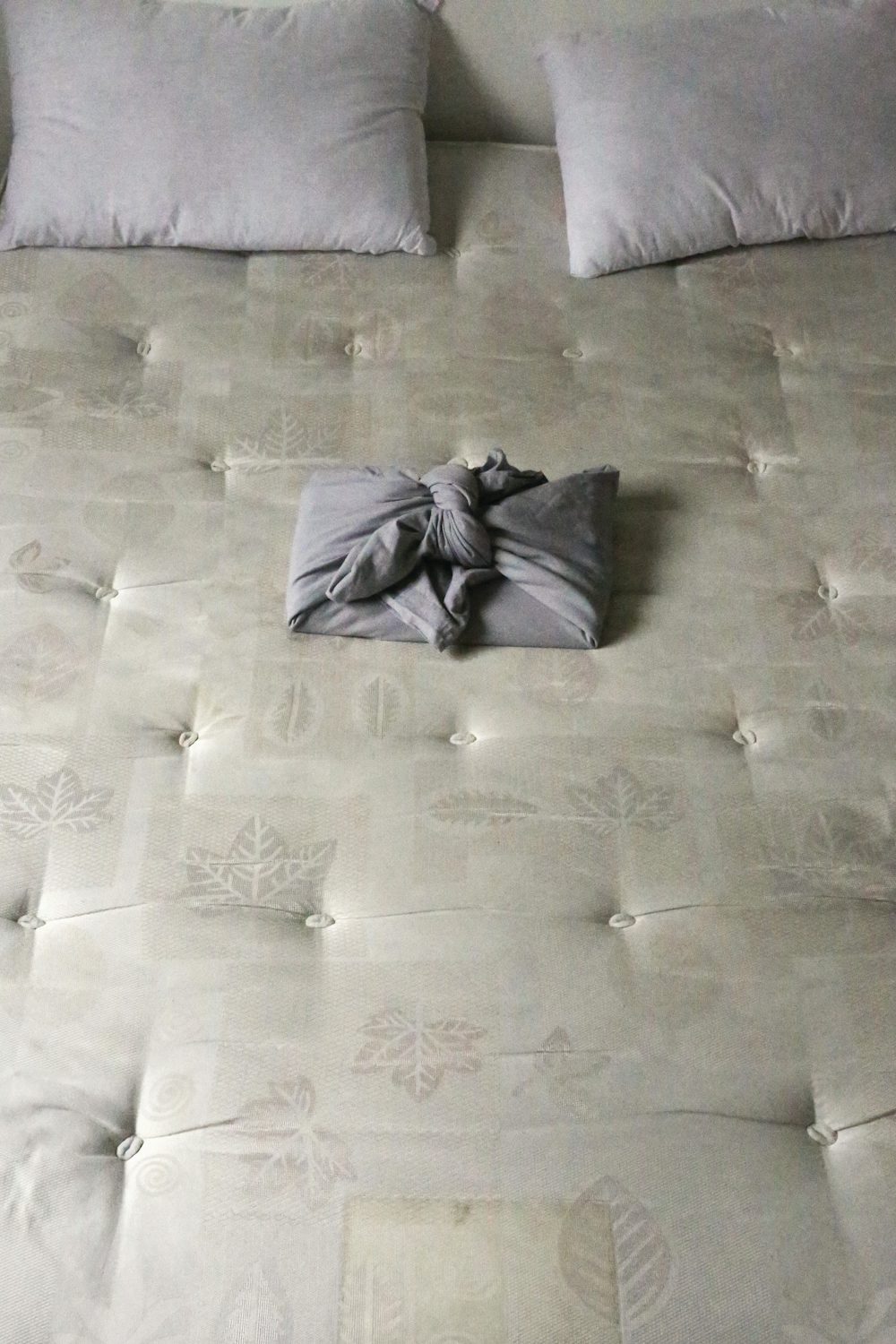Styliani Stella Livieratou
"Home Interior"
Keywords: home, objects, photography, moving image, domestic space
Contemporary metropolitan living and working has had major implications on the notion of home. This in turn has transformed the act of domestication into a standardised process including objects, tools and life itself. It could be argued that a homely condition is no longer achieved through one’s collection of possessions, but relies on a toolkit of generic objects. Through its content this toolkit enables the contemporary subject to perform on an everyday basis, by turning home into an immaterial reality.
Having re-defined and re-appropriated Home multiple times, myself, I have focused on defining this toolkit. This project aims to define the visual manifestation of this reconceptualised form of domestication. Its aim is to mediate an understanding of the contemporary dwelling patterns in order to expose the implications of uprooted and precarious forms of living into inhabited space.
The photograph shows a staged contemporary version of Meyer’s “Co-op Interieur”; a personal, yet generic set-up of a private room, consisting of a bare minimum of a home.1 The latter is defined by key terms such as: necessity, size and hierarchy. After observation, the list of objects evolved from the very personal that would be meaningful only to oneself, to one that is likely to be the same for many. The list consists of items small enough to be carried that have a meta-use, allowing for relations, qualifications, or access to a ‘cloud’ of immaterial possessions.
Moreover, the un-homely sense of these objects is to be disrupted by a pair of bed sheets. This signifies the importance of the bed not only as an apparatus of sleeping but also working, the last homely object that has an active role in contemporary living. 2 The sheets act as a background onto which all of the above rests, because, maybe, bed is where the home is after all. In order to stress this argument and acknowledge the bed sheets as the carrier and container of the home, they are used to wrap the chosen belongings. This is done in a technique, which enables the whole apparatus to be easily transportable and unwrapped, signifying the open-ended process of domestication. The video depicts this ritual of folding and wrapping the sheet fabric around the selected items.
Hannes Meyer’s “Co-op Interieur” is a photograph of a room staged by Meyer himself, using found furniture and objects: several foldaway elements – a bed, a table topped by a gramophone (indicating the personal character of an otherwise generic room), two chairs, one hanging on the wall, and a shelf unit holding jars containing unknown content. This photograph was used by Meyer to illustrate his article “Die Neue Welt” (The New World) published in the magazine “Das Werk” in 1926. In this article, which is read as an accelerationist manifesto, Meyer describes the experience of the modern world driven by incessant technological development, intensity of social relations and increasing uniformity of human habits. 2 Colomina, Beatriz, 2019, “Pyjama party: what we do in bed,”, The Architectural Review, Sex + Women in Architecture awards March 2019. ↩


